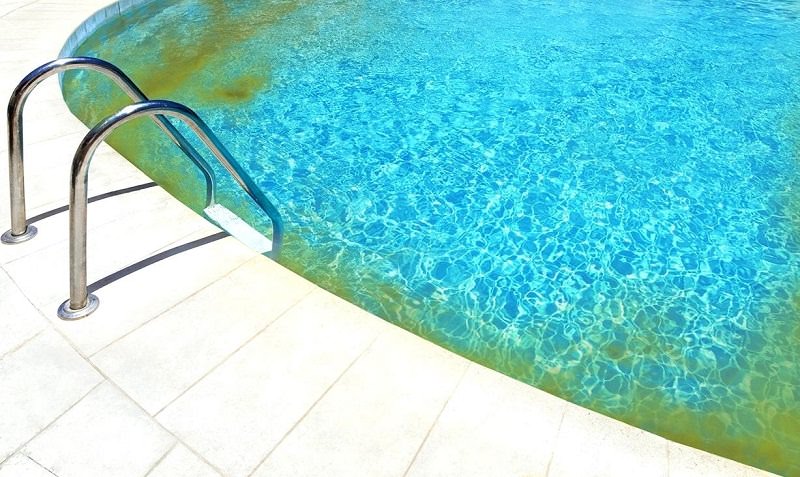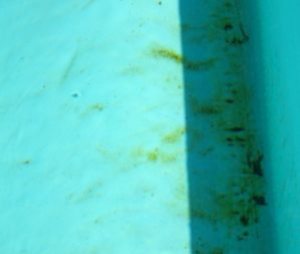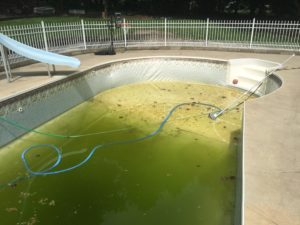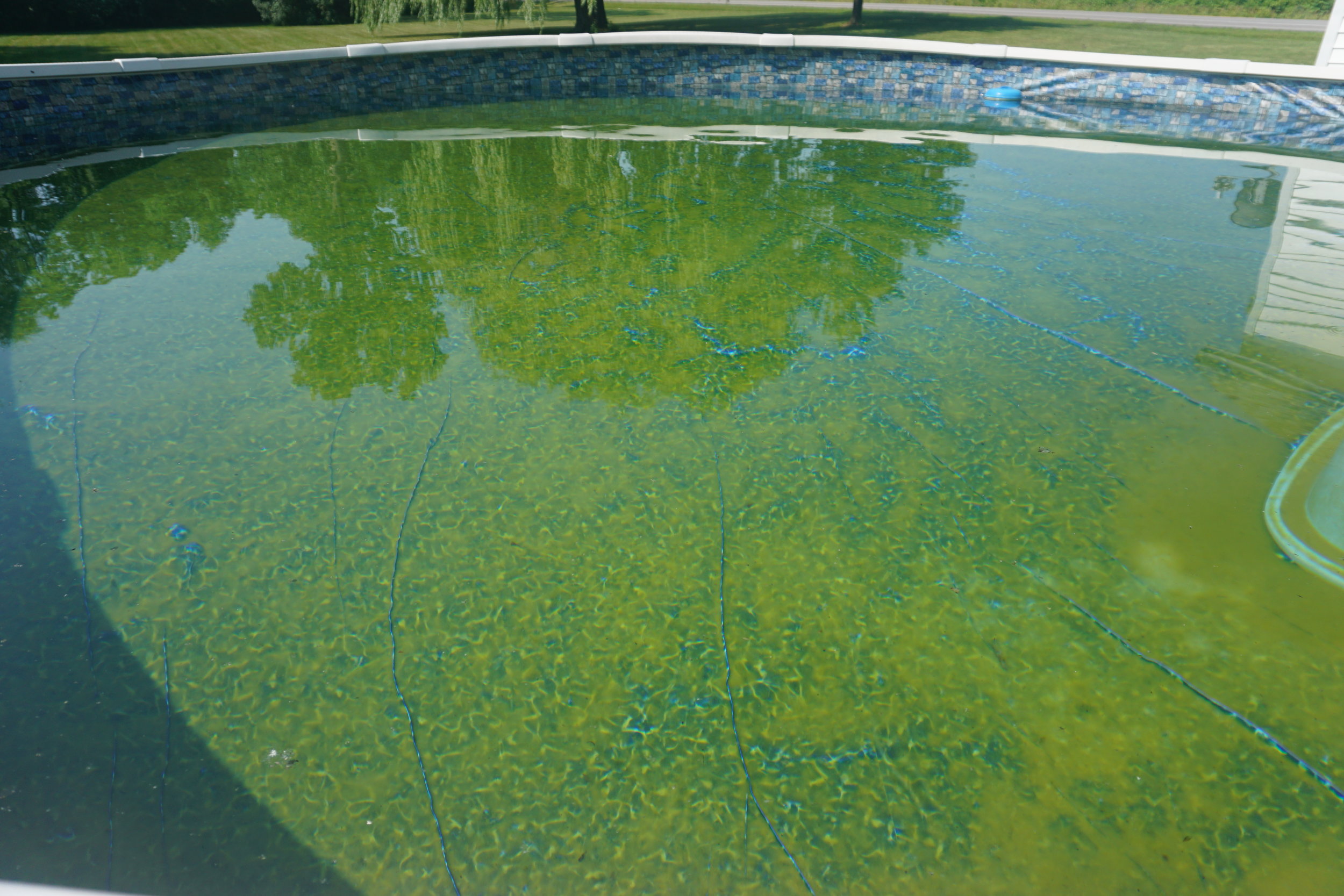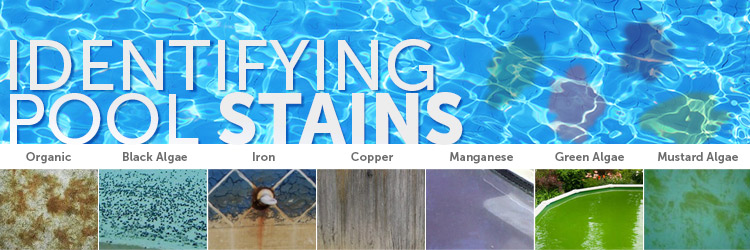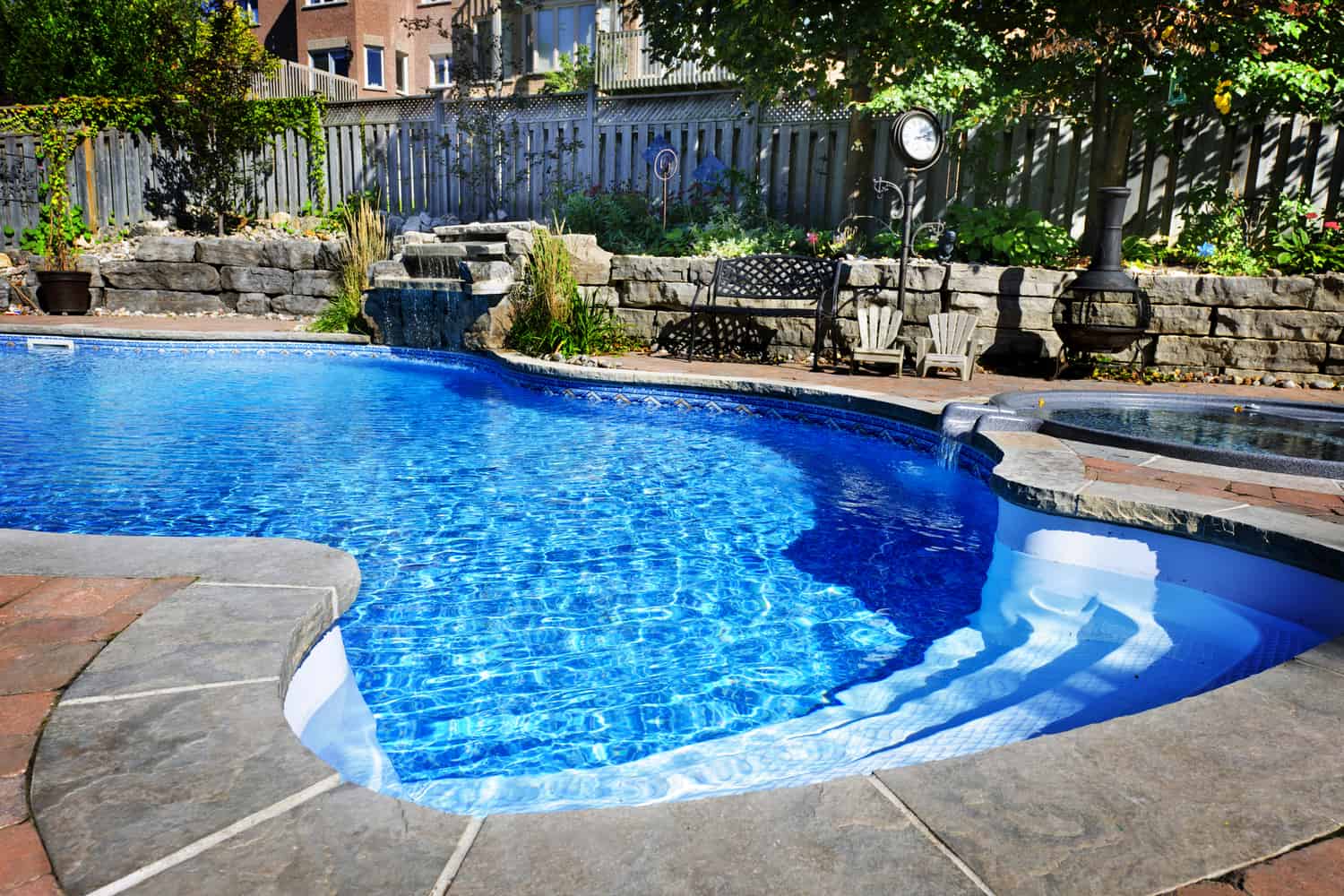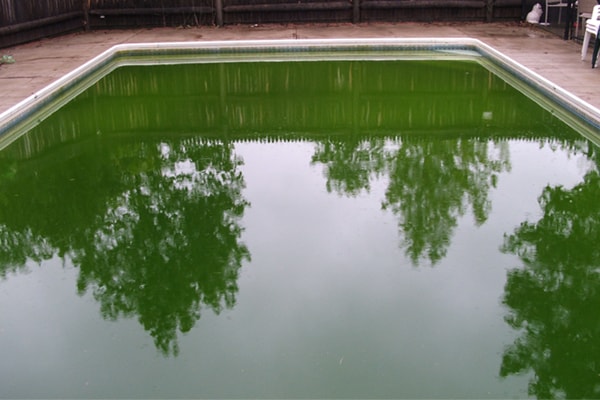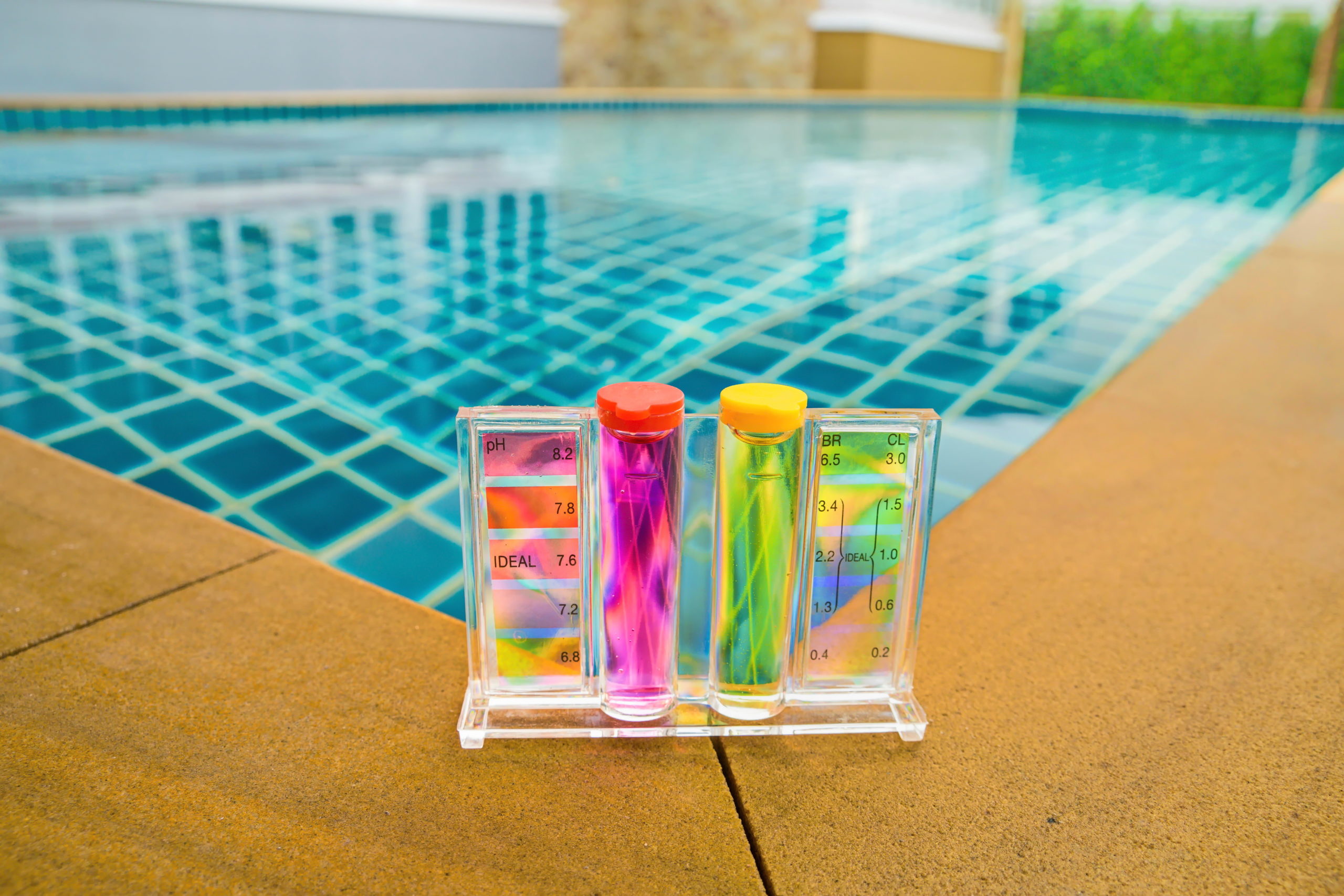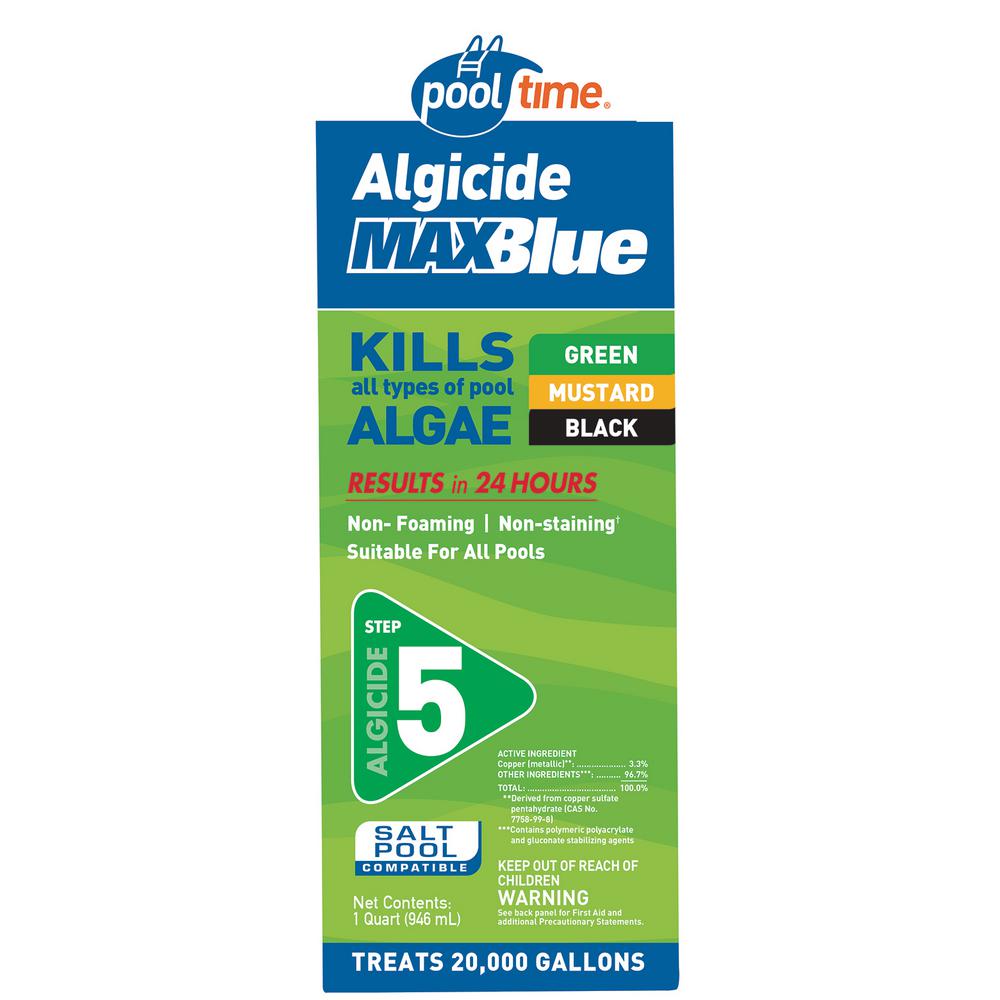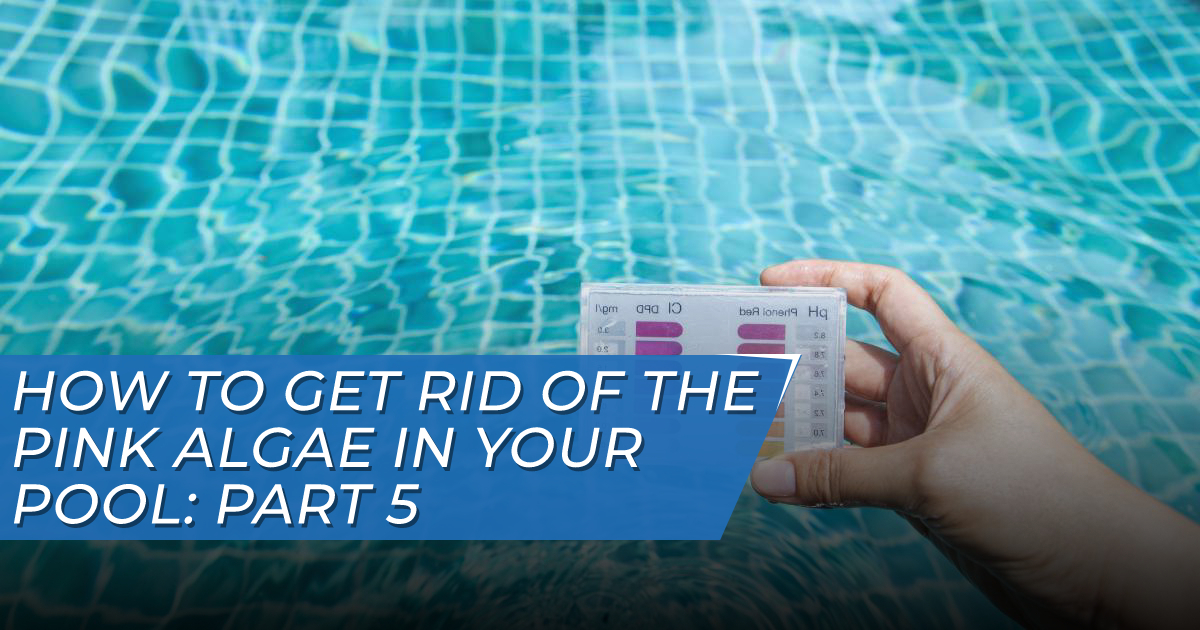Mustard Brown Algae In Pool

Mustard algae is rare and often mistaken for sand dirt or a stain in your pool.
Mustard brown algae in pool. Black algae is the least common but it s also the hardest to remove. Mustard algae yellowish green or brown in color often attaches to pool walls and other items including pool equipment toys and even bathing suits. Mustard algae is often mistaken for dirt or sand on the sides of the pool. The same qualities that make algae a vital component of natural marine ecosystems make it a potential hazard in your pool.
It s important that if you spot signs of mustard algae to act quickly and get rid of it. Unlike green algae which is slimy and clings to pool surfaces mustard algae has a dry powdery surface that is easily mistaken for dirt or stains on pool walls. Brown algae clinging to the sides of a swimming pool is one of the more difficult types of algae to eliminate. Brown colored algae is actually a form of yellow or mustard algae and not a separate strain of its own the extremely rare mustard algae forms in pools with poor chemical balance and in shaded areas that get little sun.
It can be yellowish yellow green or yellow brown. What is mustard algae. Mustard algae is resistant to chlorine and is a form of green algae which presents as yellow green or brown in color. This is one of the most difficult types of algae to get rid of and gets its name from its yellowish brown color.
While yellow algae phaeophyta doesn t spread as quickly as green algae it is harder to destroy like green algae yellow algae grows in the same fur or mold like pattern. The appearance of brown algae on the bottom of the pool is a sign of the beginning of an infestation of mustard algae. Yellow algae also known as mustard algae is commonly mistaken for dirt or sand at the bottom of the pool. This form of algae normally grows in shady areas of the pool and killing it requires an extra chemical such as yellow out in addition to chlorine.
That is algae creates an atmosphere where bacteria can grow. It is most commonly found in warmer climates but mustard algae can grow in all pools. Mustard algae also know as yellow algae is actually another form of green algae but it varies slightly in color. Algae is a category of nonflowering plants that include seaweeds and lots of other forms all the way down to single celled organisms.
This type of algae is found in areas where there is constant sun on pools during the day and is not as common in the northern climates where it is often mistakenly identified as the source of the issue. Mustard algae resists chlorine and can survive outside of the water so the tiny cells of algae can get carried from place to place on pool equipment water toys and even on bathing suits. Treatment should begin as soon as these spots appear and may need. The problem with this pesky little nuisance is that it looks so much like dirt pollen or sand that often people don t even realize they have it.




